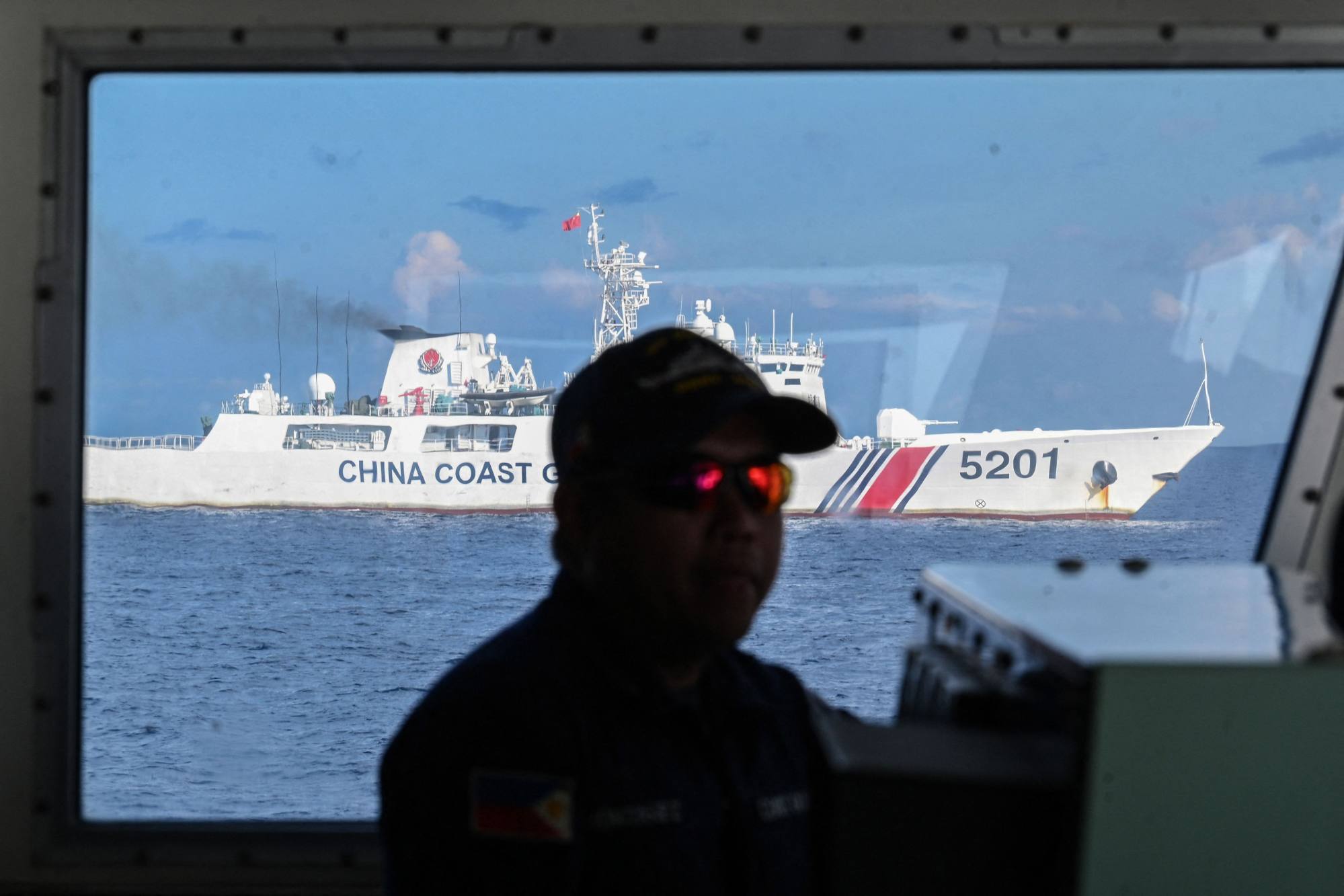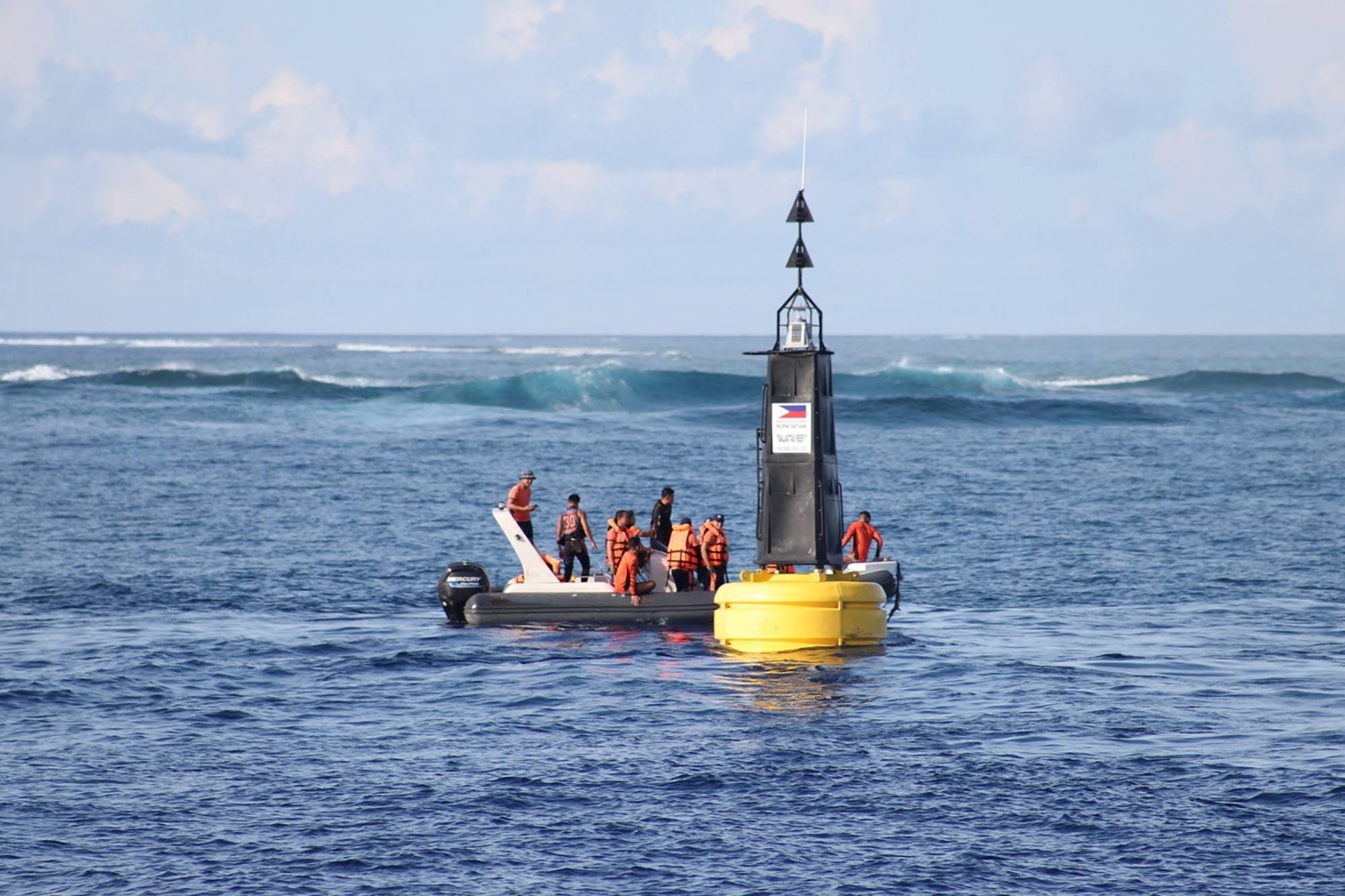
South China Sea: Asean and Beijing’s ‘unbridgeable’ conflict could undermine code of conduct for years
- The code of conduct could take years to finalise, and skirmishes between China and claimant states could affect trust and reduce chances of compromise
- Countries such as the Philippines and Vietnam should coordinate their positions on the code of conduct to better protect their interests during talks, one analyst says
The consensus to do so was struck in Vietnam’s Ha Long city, at the 20th meeting involving senior officials from China and Asean.
Le Hong Hiep, senior fellow of the Vietnam Studies Programme at the Singapore-based ISEAS-Yusof Ishak Institute, said while the agreement showed that negotiations were making progress after long delays due to the pandemic, it was “hardly a breakthrough”.
“The code of conduct is expected to go through at least three readings before the parties can narrow down their differences … [such as] whether the code should be legally binding, its geographic scope or the enforcement mechanisms,” Le said.
Even after the third reading, which could take many more years, Le said major differences between China and Asean were likely to persist given the South China Sea’s emergence as a theatre of intensifying strategic Sino-US rivalry.
“Sporadic confrontations at sea between China and other claimant states, especially the Philippines and Vietnam, also undermine mutual trust and make it more difficult for the parties to make compromises,” Le added.
John Bradford, a senior fellow with the maritime security programme at the S. Rajaratnam School of International Studies, said while progress on the code could help mitigate tensions and keep open channels to manage conflict, the differences were “sufficiently large to be likely unbridgeable”.
Last Friday, a Chinese research ship Xiang Yang Hong 10 and five escort vessels were in Vietnam’s exclusive economic zone (EEZ) despite being urged a day earlier by Hanoi to leave.
This represents the most significant incursion since 2019, according to Ray Powell, who leads Stanford University’s Project Myoushu on the South China Sea.
China had also deployed three navigation beacons around the contested Spratly Islands in the disputed waterways last week, following similar marker placements by the Philippines earlier this month.
In April, a collision nearly occurred in the South China Sea after a Chinese Coast Guard ship reportedly blocked a Philippine patrol vessel.

“[Indonesia] can pull its weight to push for the [code], a milestone in the negotiation process can cap Jakarta’s stint”, due to the country’s status as informal leader of the region, Pitlo said.
“The same cannot be said for next year’s rotating chair Laos,” Pitlo added, noting that China’s massive investments and infrastructure projects in Vientiane “diminish expectations” of what the landlocked country could deliver in moving the code forward.
With Manila likely to hold joint patrols with Washington later this year, Beijing could step up its diplomacy to show that the South China Sea issue was a matter between neighbours and could be “addressed by direct parties, making external interference unnecessary”, Pitlo added.

Apart from skirmishes between China and Southeast Asian claimants of the South China Sea, occasional confrontations also occur among claimant states.
Last Thursday, Vietnam criticised the Philippines for placing navigational buoys in five areas of its EEZ to assert sovereignty over the Spratly Islands, parts of which Vietnam also lays claim.
Philippine Foreign Ministry spokesperson Teresita Daza said the buoys’ installation – intended to improve safety of navigation – was consistent with the country’s rights as a coastal state under the UN Convention on the Law of the Sea.
While the Philippines and Vietnam are claimant states in the dispute, they regard each other “more as partners”, with China viewed as the main and more powerful threat that can “change the status quo in the South China Sea at their expense”, according to Le.
Both countries would be better able to protect their interests during negotiations with China by coordinating their positions on the code of conduct, Le added.
Bradford said the emergence of skirmishes in diverse locations and involving combinations of players was “troubling”.
“These raise the stakes and prevent progress,” Bradford said.

